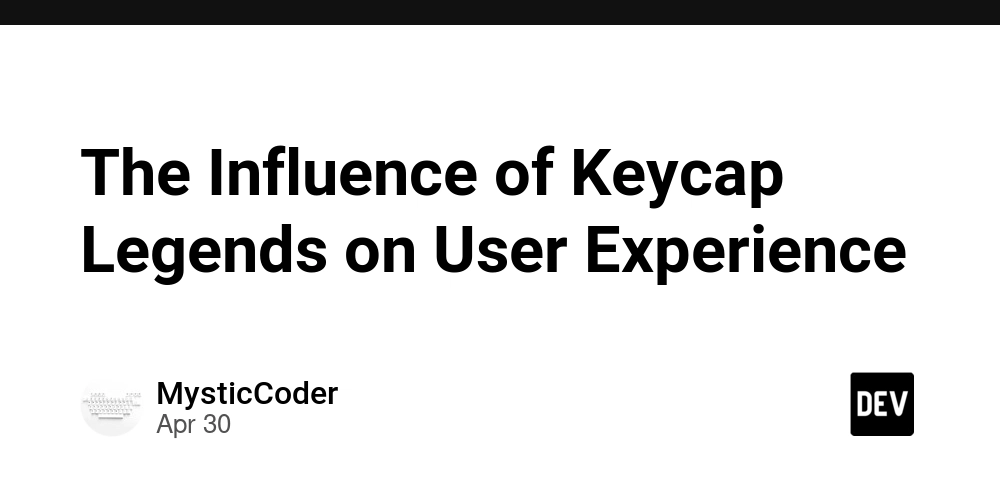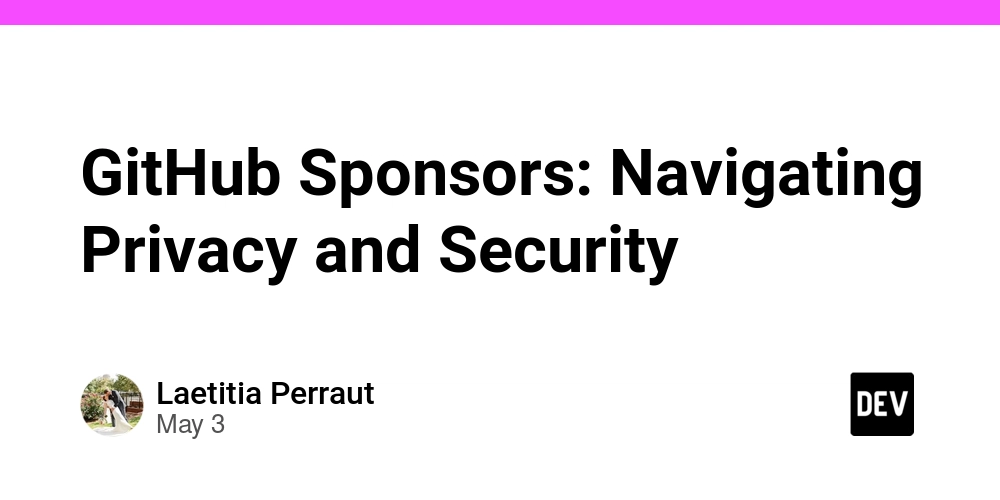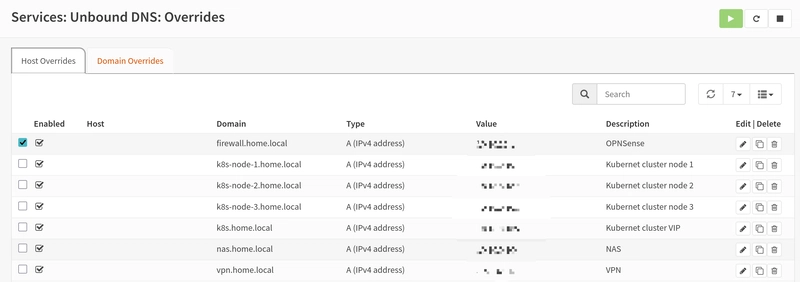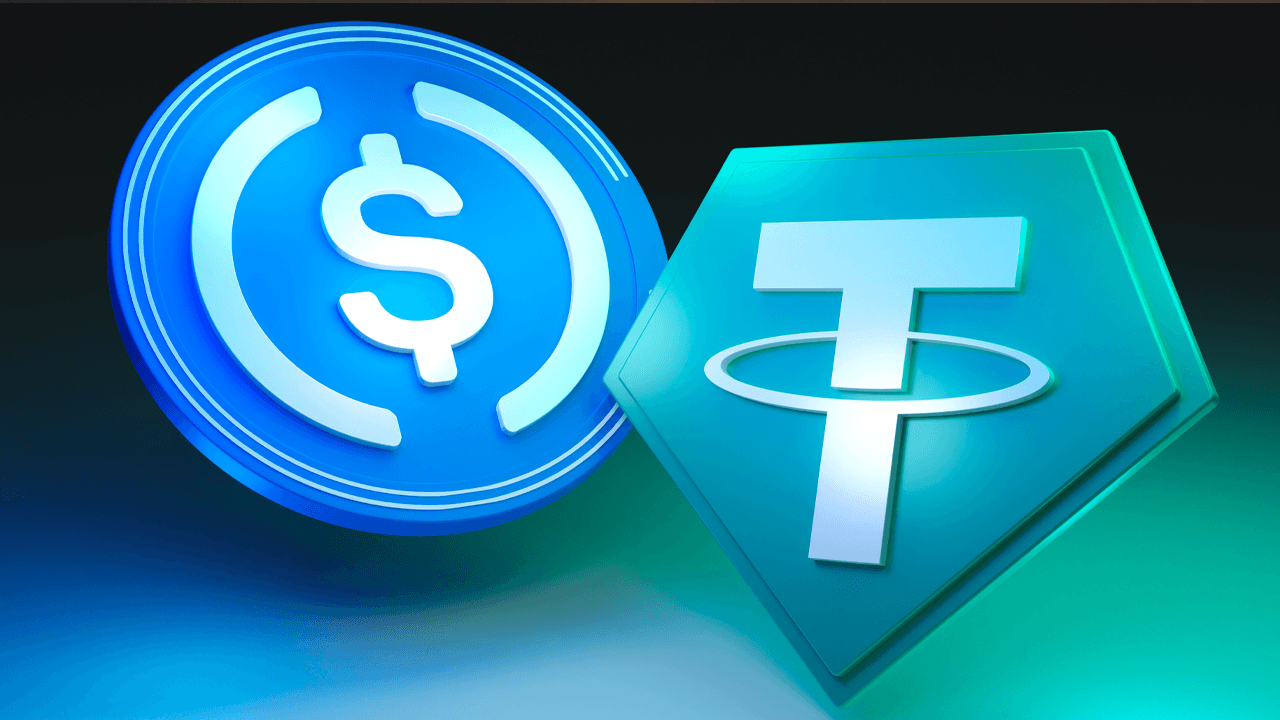Transforming Media with Blockchain Funding: Unlocking Potential
Abstract: This post explores how blockchain technology is revolutionizing media funding, examining the integration of decentralized systems into the media industry. We discuss the evolution of blockchain, its benefits for secure content distribution, innovative monetization models, and the transformative role of venture capital and token sales. We also cover challenges related to regulatory uncertainty and market volatility while highlighting success stories such as Audius, Brave/BAT, and Steemit. By looking into future institutional innovations and collaborative ecosystems, this article offers a holistic view on blockchain funding for media and provides actionable insights for stakeholders across the ecosystem. Introduction Blockchain technology has rapidly emerged as a key enabler for transforming various industries. The media sector, in particular, is leveraging blockchain to redefine content distribution, monetization, and intellectual property management. Funding plays a crucial role in supporting these emergent initiatives. This post examines how venture capital, innovative token sales (ICOs, STOs, IEOs), and new funding strategies are catalyzing blockchain adoption in media. By exploring background and real-world applications, we present a detailed overview of the evolving landscape. With the integration of blockchain, media companies can achieve transparency, security, and efficiency in their operations. This transformation is critical as the digital age demands new models that empower both creators and consumers. In this technical yet accessible discussion, we review core concepts, examine key trends, and provide practical examples that showcase the future of blockchain in media. Background and Context Blockchain is a decentralized ledger technology that provides secure, immutable records of transactions. In the context of media, blockchain offers advantages such as: Decentralized Distribution: Content can be securely shared without relying on central intermediaries. Monetization Models: Innovative payment models, including microtransactions and direct peer-to-peer payments, empower creators. Intellectual Property Protection: Blockchain ensures transparent, verifiable records of ownership and rights management. Historically, the media industry has struggled with challenges such as piracy, opaque revenue shares, and inefficient royalty distribution. As explained in a detailed Investopedia article about blockchain in media, blockchain addresses these problems by removing intermediaries and enabling trustless transactions. Traditional funding methods in media have rarely been agile enough to support rapid technological experiments. However, with the advent of blockchain, venture capital and token-based fundraising have emerged as critical mechanisms. Venture capital firms are increasingly investing in startups that employ blockchain technology to reinvent media delivery. For instance, TechCrunch's coverage on blockchain media startups highlights the growing interest of investors in these disruptive business models. Core Concepts and Features Blockchain funding for media involves several interconnected elements, each contributing to the overall transformation. 1. Venture Capital and Startup Investment Investors are targeting startups that integrate blockchain for content distribution and monetization. These startups harness secured smart contracts for transparent payments and royalty management. Key features include: Direct Creator-to-Consumer Interaction: By eliminating middlemen, income is more equitably shared. Token Incentives: Projects use token models, as explained by Blockchain Project Venture Capital, to reward early adopters and content creators. Blockchain Regulation Awareness: Investors must navigate evolving legislation and ensure compliance, as outlined in Blockchain Regulation. 2. Token Sales, ICOs, STOs, and IEOs Alternative fundraising methods like token sales have gained traction among media projects. ICOs (Initial Coin Offerings) have evolved into more regulated models such as STOs (Security Token Offerings) and IEOs (Initial Exchange Offerings), which provide increased investor protection: Enhanced Transparency: Every token transaction is recorded on the blockchain, adding a layer of accountability. Diverse Funding Options: Such models enable global investor participation. Risk Management: As discussed in Coindesk on ICOs, IEOs, and STOs, the choices investors have offer flexibility but come with volatility risks. 3. Regulatory Frameworks Regulatory uncertainty is a central challenge. Given the decentralized nature of blockchain projects, jurisdictions worldwide handle regulation differently. Global trends can be reviewed in resources such as the Consensys Blockchain Regulation overview, ensuring that investor sentiment and project compliance are balanced. 4. Secure Conten
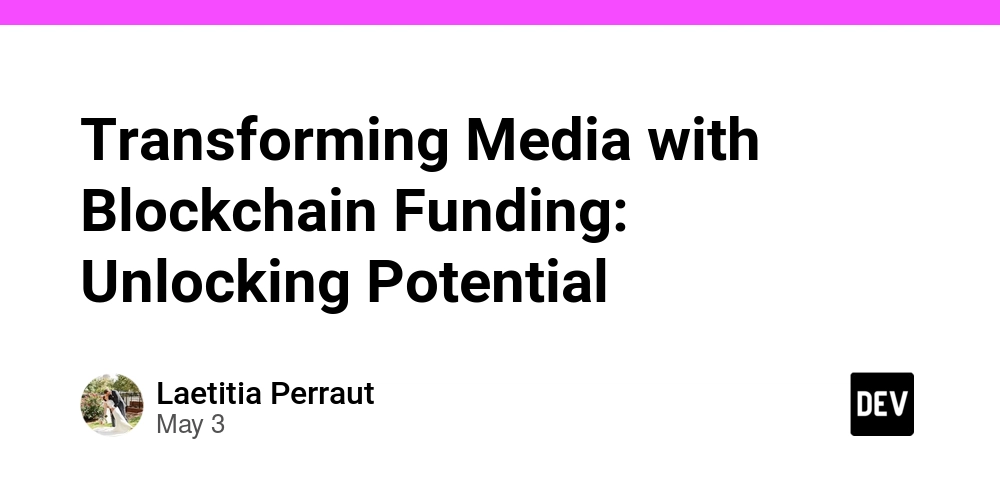
Abstract:
This post explores how blockchain technology is revolutionizing media funding, examining the integration of decentralized systems into the media industry. We discuss the evolution of blockchain, its benefits for secure content distribution, innovative monetization models, and the transformative role of venture capital and token sales. We also cover challenges related to regulatory uncertainty and market volatility while highlighting success stories such as Audius, Brave/BAT, and Steemit. By looking into future institutional innovations and collaborative ecosystems, this article offers a holistic view on blockchain funding for media and provides actionable insights for stakeholders across the ecosystem.
Introduction
Blockchain technology has rapidly emerged as a key enabler for transforming various industries. The media sector, in particular, is leveraging blockchain to redefine content distribution, monetization, and intellectual property management. Funding plays a crucial role in supporting these emergent initiatives. This post examines how venture capital, innovative token sales (ICOs, STOs, IEOs), and new funding strategies are catalyzing blockchain adoption in media. By exploring background and real-world applications, we present a detailed overview of the evolving landscape.
With the integration of blockchain, media companies can achieve transparency, security, and efficiency in their operations. This transformation is critical as the digital age demands new models that empower both creators and consumers. In this technical yet accessible discussion, we review core concepts, examine key trends, and provide practical examples that showcase the future of blockchain in media.
Background and Context
Blockchain is a decentralized ledger technology that provides secure, immutable records of transactions. In the context of media, blockchain offers advantages such as:
- Decentralized Distribution: Content can be securely shared without relying on central intermediaries.
- Monetization Models: Innovative payment models, including microtransactions and direct peer-to-peer payments, empower creators.
- Intellectual Property Protection: Blockchain ensures transparent, verifiable records of ownership and rights management.
Historically, the media industry has struggled with challenges such as piracy, opaque revenue shares, and inefficient royalty distribution. As explained in a detailed Investopedia article about blockchain in media, blockchain addresses these problems by removing intermediaries and enabling trustless transactions.
Traditional funding methods in media have rarely been agile enough to support rapid technological experiments. However, with the advent of blockchain, venture capital and token-based fundraising have emerged as critical mechanisms. Venture capital firms are increasingly investing in startups that employ blockchain technology to reinvent media delivery. For instance, TechCrunch's coverage on blockchain media startups highlights the growing interest of investors in these disruptive business models.
Core Concepts and Features
Blockchain funding for media involves several interconnected elements, each contributing to the overall transformation.
1. Venture Capital and Startup Investment
Investors are targeting startups that integrate blockchain for content distribution and monetization. These startups harness secured smart contracts for transparent payments and royalty management. Key features include:
- Direct Creator-to-Consumer Interaction: By eliminating middlemen, income is more equitably shared.
- Token Incentives: Projects use token models, as explained by Blockchain Project Venture Capital, to reward early adopters and content creators.
- Blockchain Regulation Awareness: Investors must navigate evolving legislation and ensure compliance, as outlined in Blockchain Regulation.
2. Token Sales, ICOs, STOs, and IEOs
Alternative fundraising methods like token sales have gained traction among media projects. ICOs (Initial Coin Offerings) have evolved into more regulated models such as STOs (Security Token Offerings) and IEOs (Initial Exchange Offerings), which provide increased investor protection:
- Enhanced Transparency: Every token transaction is recorded on the blockchain, adding a layer of accountability.
- Diverse Funding Options: Such models enable global investor participation.
- Risk Management: As discussed in Coindesk on ICOs, IEOs, and STOs, the choices investors have offer flexibility but come with volatility risks.
3. Regulatory Frameworks
Regulatory uncertainty is a central challenge. Given the decentralized nature of blockchain projects, jurisdictions worldwide handle regulation differently. Global trends can be reviewed in resources such as the Consensys Blockchain Regulation overview, ensuring that investor sentiment and project compliance are balanced.
4. Secure Content Distribution and Monetization
Blockchain enables new revenue streams by facilitating digital rights management and secure content tracking. Projects like Audius demonstrate how decentralization can empower music streaming platforms. Similarly, Brave’s success with BAT exemplifies how new advertising models can emerge, offering improved user rewards and higher privacy.
Applications and Use Cases
The practical implications of blockchain funding in the media industry are vast. Here are some key applications:
Decentralized Streaming Platforms:
Audius, a decentralized music streaming service, has raised funds through a mix of venture capital and token-based methods. By leveraging blockchain, Audius creates an environment where artists have control over their content and are directly rewarded for their work.Blockchain-Enabled Advertising:
Brave/BAT is at the forefront of digital advertising innovation. Its funding through a pioneering ICO demonstrated how blockchain can revolutionize advertising by rewarding users for their attention and protecting their data.Content Platforms and Social Media:
Steemit is an example of a content platform where users are rewarded with tokens for their contributions. Steemit’s model shows how blockchain incentivizes high-quality content creation, ensuring fair compensation and community governance.
Table: Key Funding Methods in Blockchain Media
| Funding Method | Description | Example |
|---|---|---|
| Venture Capital | Investment from firms supporting innovative blockchain solutions in media. | Conventional VC funds from tech investors. |
| Token Sales (ICOs/STOs/IEOs) | Fundraising through the sale of tokens, offering transparency and global outreach. | Brave’s ICO for BAT. |
| Crowdfunding | Community-driven funding that leverages decentralized platforms. | Initiatives on platforms like Gitcoin. |
Bullet List: Benefits of Blockchain Funding in Media
- Transparency: Immutable records ensure accountability in transactions.
- Decentralization: Bypasses traditional intermediaries resulting in lower costs and fairer revenue distribution.
- Innovation: Opens up new monetization models and fosters creativity.
- Security: Smart contracts add an extra layer of security, reducing fraud risks.
- Global Reach: Enables participation from investors worldwide regardless of geographic location.
An impressive aspect of blockchain funding is its potential to merge technology and creativity seamlessly. By employing mechanisms like smart contracts and decentralized governance, projects can maintain a competitive edge while assuring both funding bodies and creators of robust, secure platforms.
Challenges and Limitations
For all its promise, integrating blockchain funding in the media industry is not without challenges. Some key limitations include:
1. Regulatory Uncertainty
Different regions adopt varying regulatory frameworks, leading to inconsistencies and potential obstacles for international funding. The regulatory landscape is still evolving, forcing startups and investors to constantly adapt. Regulatory guides, such as the Overview of Global Blockchain Regulations, provide insights but also highlight the challenges inherent in a fragmented legal system.
2. Market Volatility
The value of cryptocurrencies and tokens is notoriously volatile. This volatility can impact project funding considerably. Risk management strategies become essential, as discussed in Risk Management Strategies for Blockchain. Investors and project founders must balance the allure of high returns with the risks of market fluctuations.
3. Technical and Strategic Challenges
- Scalability Issues: As blockchain networks grow, scalability can become a bottleneck affecting transaction speed and cost.
- Adoption Hurdles: Traditional media companies might be hesitant to adopt new technologies that disrupt existing revenue models.
- Interoperability: Ensuring that various blockchain platforms can work together seamlessly is a technical challenge that projects must overcome.
4. Cybersecurity Threats
While blockchain is highly secure, the surrounding ecosystem (such as wallets and exchanges) can be vulnerable to hacking and fraud. This creates a need for robust security protocols and continual updates to protect users and investors.
Future Outlook and Innovations
The media landscape is on the cusp of a major transformation powered by blockchain funding and related innovations. Key predictions include:
1. Increased Institutional Investment
As regulatory frameworks mature, more institutional investors will participate in blockchain-backed media projects. Reports, such as those found in Forbes on Blockchain Innovation in Media, suggest that collaboration between traditional finance and blockchain ventures will become the norm.
2. Collaborative Ecosystems
Future models will likely see greater collaboration between media creators, investors, and technology providers. This convergence could result in platforms where open-source development, community sponsorship, and blockchain converge. Many initiatives are already using decentralized governance to protect interests and drive innovation.
3. Advances in Tokenization and DeFi Integration
Tokenization is expected to extend its reach beyond funding, influencing revenue sharing, licensing, and intellectual property management. As decentralized finance (DeFi) evolves, funding models will diversify further, offering features such as yield farming for token holders. Insights on token funding trends can be found in the Blockchain Project Funding Trends.
4. Integration with Emerging Technologies
Blockchain is set to work in tandem with AI, IoT, and augmented reality to further enrich media experiences. Secure data exchange and enhanced digital interactions will push the boundaries of what media platforms can provide. For further reading on blockchain’s versatile applications, check out IBM’s Exploration of Blockchain in Media.
5. Developer and Community Initiatives
The future of blockchain funding is also being shaped on developer platforms such as GitHub and community-driven initiatives. Recent posts on Dev.to highlight how easier, sustainable funding models are emerging. For example, one article explores the future of crowdfunding open source projects with blockchain, available on Dev.to by Jenny Thomas. Another insightful post on blockchain project funding through yield farming shed light on innovative models for long-term sustainability (Dev.to by Kallil Eiser).
Summary
Blockchain funding is transforming the media landscape by introducing transparent, secure, and innovative funding models. With decentralized platforms reducing reliance on intermediaries, media companies are now able to adopt new revenue models, streamline content distribution, and empower creatives. While challenges such as regulatory uncertainty, market volatility, technical scalability, and cybersecurity concerns persist, the future outlook remains bright with promises of increased institutional backing, collaborative ecosystems, and advances in tokenization.
In summary, the integration of blockchain in media funding is not only an evolution; it’s a revolution that aligns with the digital era’s demands for fair, secure, and efficient content monetization. By embracing these innovations, creators and investors alike can look forward to a future where technology supports sustainability and creativity in media.
Additional Resources and Insights
For further reading and exploration, consider checking out these authoritative sources:
- Explore what is blockchain to understand the basic technology fundamentals.
- Learn about blockchain project token sale for deeper insights into token-based funding.
- Explore cutting-edge applications of blockchain in advertising with Brave and BAT.
- Developers can benefit from community-led discussions, such as navigating open source project sponsorship.
These links, along with continuous innovation and cross-sector collaboration, will further cement the role of blockchain as a game-changing force in media funding.
Conclusion
Blockchain funding in media holds immense potential for reshaping how creative content is developed, distributed, and monetized. By leveraging decentralized mechanisms, media projects can achieve greater transparency, efficiency, and fairness. However, like all transformative technologies, blockchain also faces significant hurdles in regulation, market volatility, technical scalability, and cybersecurity that must be proactively managed.
As institutions and communities increasingly collaborate, the future is poised for more robust, sustainable, and integrated funding models. In these upcoming years, one can expect a convergence of blockchain with technologies like AI, IoT, and DeFi, creating a dynamic media ecosystem that supports innovation and creative freedom. Stakeholders—from media companies and startups to investors and developers—must continuously engage, educate, and invest in these emerging trends.
We truly stand at an inflection point where traditional media models are being challenged and recreated by blockchain technology. With the right strategies and collaborative efforts, this transformation will create a future where content distribution is secure, creators are rewarded fairly, and audiences benefit from transparency and enhanced digital experiences.
By staying informed, adopting innovative funding methods such as token sales and venture capital investments, and ensuring adherence to evolving regulatory landscapes, the media industry is well-equipped to harness the full potential of blockchain technology.
In the final analysis, blockchain funding is more than a trend—it is a fundamental evolutionary step toward a decentralized, equitable, and efficient media environment that promises to unlock new possibilities for creativity and commerce in the digital world.
Embrace the future of media funding with blockchain, where every transaction is transparent, every creator is empowered, and every innovation drives us closer to a fair and sustainable digital economy.





































































































































































![[The AI Show Episode 145]: OpenAI Releases o3 and o4-mini, AI Is Causing “Quiet Layoffs,” Executive Order on Youth AI Education & GPT-4o’s Controversial Update](https://www.marketingaiinstitute.com/hubfs/ep%20145%20cover.png)




























































































































![[FREE EBOOKS] Learn Computer Forensics — 2nd edition, AI and Business Rule Engines for Excel Power Users & Four More Best Selling Titles](https://www.javacodegeeks.com/wp-content/uploads/2012/12/jcg-logo.jpg)





![From Art School Drop-out to Microsoft Engineer with Shashi Lo [Podcast #170]](https://cdn.hashnode.com/res/hashnode/image/upload/v1746203291209/439bf16b-c820-4fe8-b69e-94d80533b2df.png?#)






































































































(1).jpg?#)































_Inge_Johnsson-Alamy.jpg?width=1280&auto=webp&quality=80&disable=upscale#)











































































































![Apple to Split iPhone Launches Across Fall and Spring in Major Shakeup [Report]](https://www.iclarified.com/images/news/97211/97211/97211-640.jpg)
![Apple to Move Camera to Top Left, Hide Face ID Under Display in iPhone 18 Pro Redesign [Report]](https://www.iclarified.com/images/news/97212/97212/97212-640.jpg)
![Apple Developing Battery Case for iPhone 17 Air Amid Battery Life Concerns [Report]](https://www.iclarified.com/images/news/97208/97208/97208-640.jpg)
![AirPods 4 On Sale for $99 [Lowest Price Ever]](https://www.iclarified.com/images/news/97206/97206/97206-640.jpg)
































![[Updated] Samsung’s 65-inch 4K Smart TV Just Crashed to $299 — That’s Cheaper Than an iPad](https://www.androidheadlines.com/wp-content/uploads/2025/05/samsung-du7200.jpg)

































































